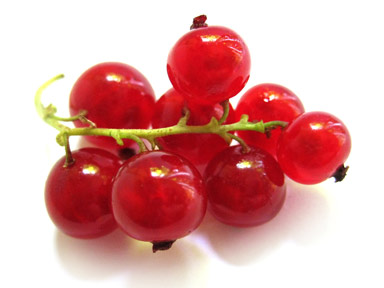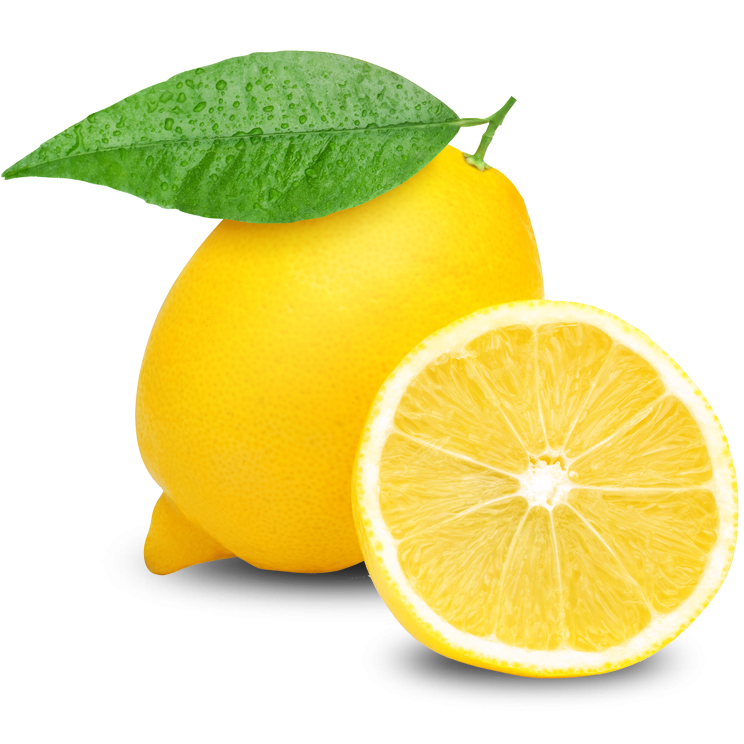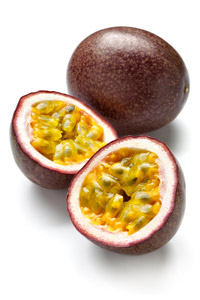By: Chris Rohde
Hi, I'm actor Troy McClure. If you grew up in the 90's you are reading this in my voice right now.
You may remember me from such wine presentations as "Sell More: The A to Z Story" and "Here Comes Another Rosé". Coincidentally, Provence and Rosé is exactly what this presentation is about. Let us take a trip to where it all began.
But how did it get to France?
The Phoceans brought grapes to the Massalia (Marseille) 2,600 years ago.
When the Romans conquered Gaul(France) they took the wines made here and spread the wines and style all over their empire.
When the English conquered Bordeaux they were suddenly exposed to clairette from the south of France and instantly fell in love with the style.
Provence: They make a lot of Rosé
3 Major AOPs for Rosé
Cotes de Provence - Largest AOP making ¾ of all Provencal wines. 20,100 hec. under wine making a little over 10.8 million cases.
There are 4 important sub AOPs: La Londe, Pierrefeu, Sainte-Victoire, and Fréjus.
Tasting Notes: 2018 Grenache, Cinsault and Syrah are used principally; Tibouren or Mourvèdre grapes, or Vermentino (white) grapes, are sometimes added to the blend. The wines are expressive, with a good aromatic potential, freshness and alcoholic richness.
The wines offer aromas of citrus fruit (grapefruit, lemons), exotic fruit (passion fruit, mango), slightly sharp notes of red fruit (redcurrants, strawberries, raspberries and cherries) and some floral notes (white flowers, hawthorn, fennel); a slight minerality can be detected in wines from the driest terroirs (filtration).
Coteaux D’Aix-en-Provence – 49,670 hec. under vine making 2.3 million cases. A minimum of (2) varietals must be in each wine. The mistral is blocked by the mountains in the north which limits the amount of rain. In 2011 started making white wines but they must be made w Grenache Blanc, Clairette, Vermentino, and Roussanne.
Tasting notes for 2018: Rosés are pale pink color with slightly blue to grey tones. Fruity rather than floral, and often intense, they have an expressive nose, with aromas ranging from citrus fruits to red fruit. They offer a fullness on the palate and a slight acidity that counters the power of the alcohol. Complex, powerful and fruity, these Rosé wines, which are still closed during the winter months, will open up in the spring, when they will be the perfect accompaniment to Mediterranean and Asian cuisines.
Coteaux Varois en Provence – 49,670 hec. under vine making 1.4 million cases. This AOP has a continental climate where many of the wines are grown in elevation and has calcareous soil.
Tasting notes: The good maturity of all the grape varieties has enabled the creation of balanced and aromatic wines, thanks to the natural freshness of the climate of the Coteaux Varois en Provence Terroir. They are pale pink in color, with aromas of fresh fruit.
Rosé Controvers-é?
Not all Rosés are made the same
Saignee (sohn-yay) is a process where some red wine is allowed to “bleed” into the macerated white wine. This creates a darker hued Rosé. This approach is more popular in other regions.
Some somm types say this is not proper Rosé, while others love the style.
Who is right? We’ll let you be the judge!
Okay, let’s get back on track!
How did Rosé make it to America?
In the 1940’s, Henry Bahar went to Portugal and tried a refreshing pink wine. He brought the style back to America where people loved it.
However, it was made in a ceramic vessel which oxidized the wine. This was eventually remedied. A huge marketing campaign was started to revive the market with celebrity endorsements..
Because of the higher sugar content, hangovers were common. So much so the “Mateus Hangover” was a common phrase.
There was a bump in sales for a short while but eventually people turned against the style Rosé went by the wayside for a few decades…
ALAS!
Rosé has improved since then, and now people are drinking EVEN MORE Rosé THAN EVER!
![[Rosé] Stream of Consciousness](https://images.squarespace-cdn.com/content/v1/5a2580ab8a02c7b96fb71df1/1561564520733-D0Z1TDH15VARMQD5GG32/Chris%2BRhode%2B%25281%2529.jpg)














